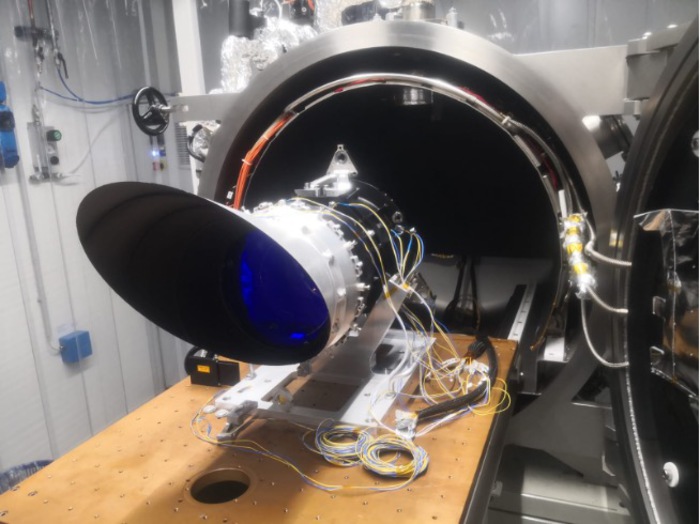New step forward for Plato, the 'hunter' of alien planets that the European Space Agency (ESA) intends to launch in 2026: the mission has received the green light to complete the construction process of the satellite and the mass production of its 26 telescopes, to which Italy contributes under the coordination of the Italian Space Agency (ASI) and the supervision of researchers from the National Institute of Astrophysics (Inaf).
"Plato is an extraordinary mission: it introduces, in some ways, series production philosophies in the space sector where one-off instruments, prototypes are normally used", comments Mario Salatti, Asi Program Manager for the development of the optical part of the telescopes. " The need to produce 26 substantially identical chambers has posed unprecedented difficulties both in terms of developing such a complex payload and in terms of the satellite that will have to manage it optimally in flight. The Critical Milestone Review was a necessary step for Plato: the fact of having successfully passed it provides additional charge to the team members to face the second and final implementation phase of the mission ”.
The next crucial step will be the satellite's Critical Design Review, which in 2023 will verify the detailed design of the entire spacecraft before proceeding with its assembly.
After launch, currently scheduled for late 2026, Plato (PLAnetary Transits and Oscillations of stars) will travel to the second Lagrange point (L2) of the Earth-Sun system, 1.5 million kilometers from Earth, in the opposite direction. to the Sun. From here it will observe more than 200,000 stars during its four years of nominal operation, looking for regular decreases in their light caused by the transit of a planet through the star's disk.
The analysis of these transits and of the variations of starlight will allow to accurately determine the properties of exoplanets and their host stars.



/cloudfront-eu-central-1.images.arcpublishing.com/prisa/PA5TT2ZCYBDNLEAREMUPESRVOM.jpg)

